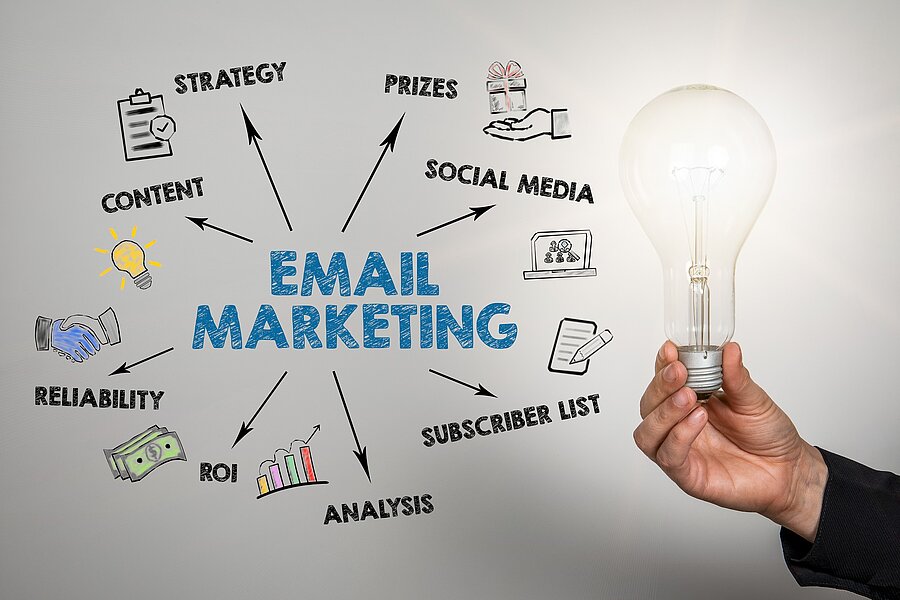Having come to today’s competitive educational environment, the student journey of prospects has to be personalized in order for proper lead generation to take place. By gauging their needs and preferences, an educational institution can provide better engagement with prospective students and consequently improve enrollment rates. The article looks at different lead nurturing approaches, personalized communication, and digital marketing as a means of effective recruitment of students.
Personalizing the student journey can lead to improved conversion rates. According to a recent study, schools that implemented personalized communication in their lead generation strategies saw an increase of up to 25% in enrollment numbers.
Understanding Lead nurturing in education
Lead nurturing is one of the key activities essential to prospect-to-consumer conversion. Social recruiting also referred to as social hiring, and social job seeking comes under the concept of building and sharing during the recruitment process. Below are some significant leads about lead nurturing in the education segment.
- Creating trust: It will be equally important to ensure that the institution fosters positive fruitful relationships with prospective students as this will go a long way in bolstering their confidence in the institution they are pursuing an academic course.
- Timely communication: Studies show that it is immensely important to contact at the right time with reference to students’ interest and enrollment.
- Tailored content: This way of delivering education also can reach every student’s individual needs, this way the students feel prestigious.
The importance of personalized communication the student journey
Never is conflict communication one-to-one in the lead generation processes though it is always the primary strategy used. It ensures that the end user acquires information that will be relevant to him or her depending on the course they wish to pursue.
Leveraging email marketing for education
Education marketing using email is a good idea. There is a division of the audience, and if designing the targeting both according to interest and the information obtained from the users, it is possible. Here are some insights:

- Segmentation: The use of the groups helps institutions to market to the prospects within the group that specifically group with content they are likely to like.
- Automated campaigns: In education, the use of marketing automation will help reduce the number of emails sent, but at the same time ensure staff follow-up without bothering the individuals repeatedly.
Creating educational content that resonates
Like any other online platform education content is essential in attracting future students. Thus institutions are able to explain themselves and their functions in this world as well as guide students to make the right decisions.
- Webinars and workshops: Increased application of online sessions helps the institutions contact the students, answer their questions, and even sell to them.
- Blogs and articles: Depending on the upcoming events, meetings, or sales, it becomes possible to write articles concerning the same with the same frequency as those relevant to the institution, and this could make the institution gain more authority, and visitors automatically shift to the institution’s site.
Maximizing student engagement through targeted marketing
Marketing to prospective students then, therefore, has to follow a more aggressive strategy. This consists of the consumer base and his or her wants and requirements with the aim of making a correct decision at the correct time.
Implementing lead conversion techniques
Therefore, lead conversion initiatives have a significant impact on enrollment management functions. These represent all strategies, which are focused on conversion, contacting all potential students so as to achieve maximal efficiency of each contact.
Utilizing CRM for education
Some Degree courses designed in customer Relationship Management (CRM) specialized for the education sector are helpful in understanding student behavior and their preferences. An analysis of data can lead to the enhancement of the particular strategies of an institution and therefore enhance recruitment activities.
- Lead scoring: This is one of the blessings that a lead scoring system offers: It is an aid in doing follow-ups since it targets those most engaged prospects from the less engaged ones.
- Data-driven insights: Understanding the type of engagement that the students demonstrate can help clarify how new marketing material might successfully reach these audiences.
Strategies for effective follow-up
In the case of prospectus students, it is important to keep an eagerness for them and with an appropriate follow-up to help them in the enrollment process. Here are some effective follow-up strategies:
- Timeliness: Follow up quickly after the first contact or communication to keep the conversation going.
- Personalized messages: When it comes to communication, it should be based on the person’s response to prospects and previous conversations.
Solutions for enhancing the student journey
Thus, to provide the student with not just a more personal but also more interesting experience, it is recommended to use a complex of measures. Here are some solutions to consider:
Embracing marketing automation in education
Marketing automation is capable of automating the following aspects of marketing in lead generation and nurturing. What the application of such concepts does help institutions is save time that is then better spent on establishing rapport with potential students.
- Automated drip campaigns: Indeed, one can send a sequence of emails across a specific period to transform the leads and provide important information at optimal occasions.
- Behavioral triggers: Incorporating behavior-based cues leads to a desired automatic series of reactions depending on the student’s activities, thus increasing interactivity.
Developing retention strategies
There are, therefore, several approaches to contributing to their sustenance and upholding the students’ interest beyond enrollment. Because satisfaction comes with the support received from the institutions means that students are likely to remain loyal to the institutions and recommend other students to join the institutions.
- Feedback mechanisms: They opine that gathering feedback from students frequently can be useful in finding out where the organization is lacking and how it can improve the experience of its students.
- Support services: The provision of support services may help the students deal with various issues in order to improve the climate for learning.
Utilizing educational content for nurturing prospects
The use of content that is both informative and reputable will facilitate the transformation of prospects from one stage to the other. In this way, institutions can learn what the public is asking, and utilize the answers to make themselves more useful.
- FAQs and resource guides: Writing extensive tutorials to provide solutions for the most common inquiries can make students more knowledgeable and self-assured.
- Success stories: Prospective students are more likely to be influenced by detailed stories from present learners or experiences from other graduates.
Conclusion
Managing the student journey more effectively through sound approaches to lead generation is key for any education-centered business. Through aspects such as lead nurturing, communication customizations, and organizational digital communication, education institutions can improve their lead goals on student enrollments. By making the right innovations and changes, schools can develop a much more effective recruiting system that will be much more effective for everyone involved, including the prospective students and the schools themselves. Through the given strategies, schools will thus be able to remain relevant and effectively address the needs of modern learners.





